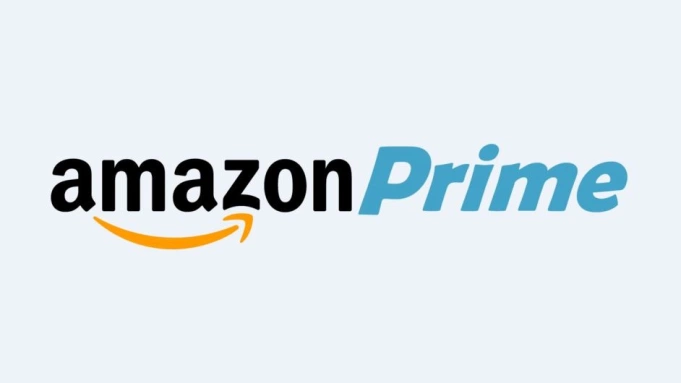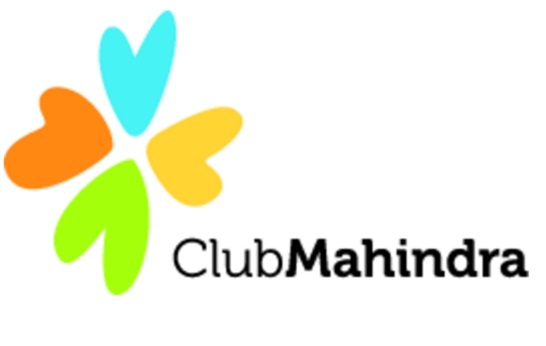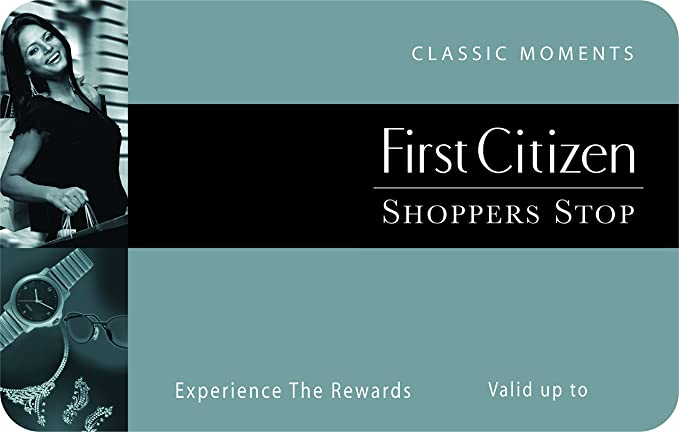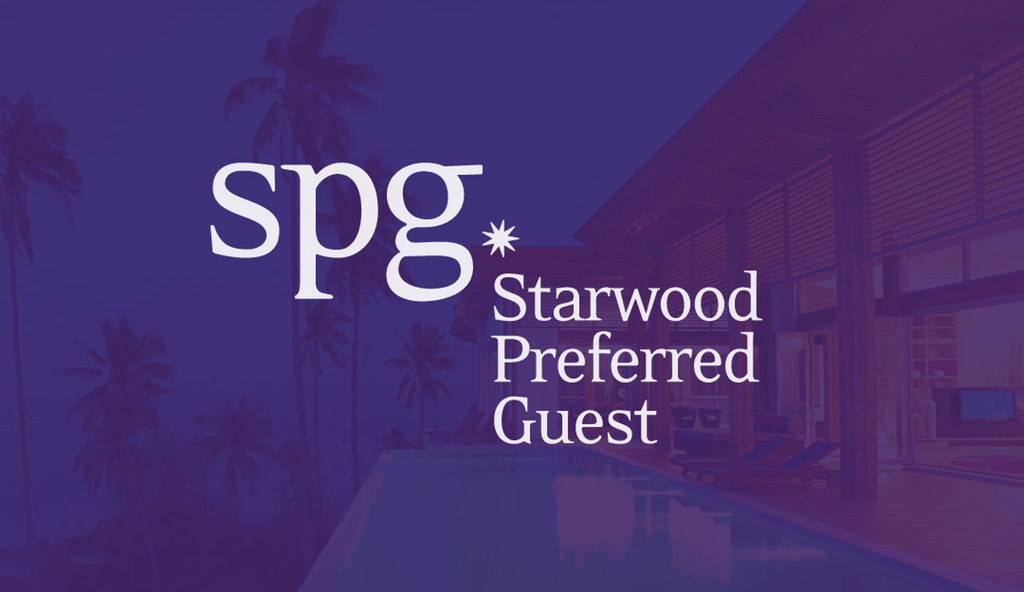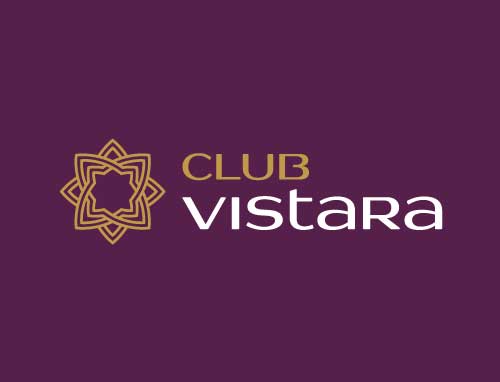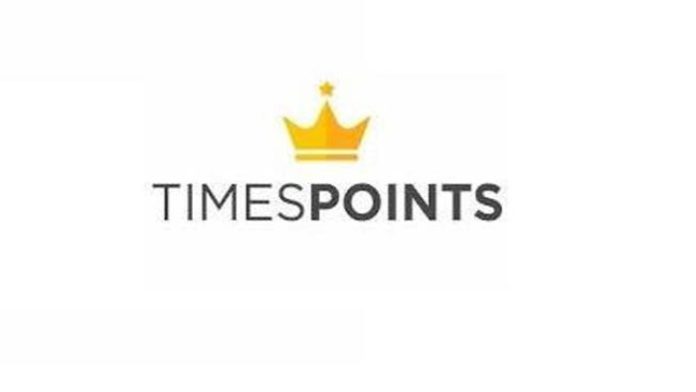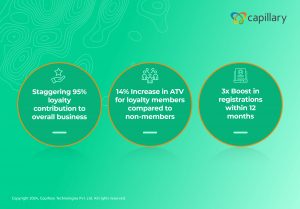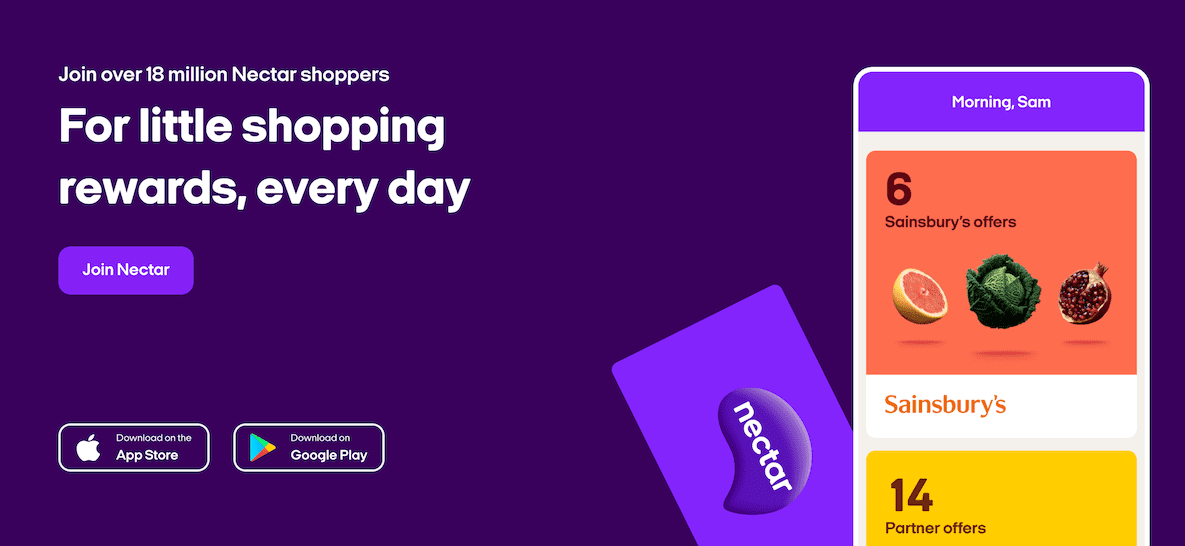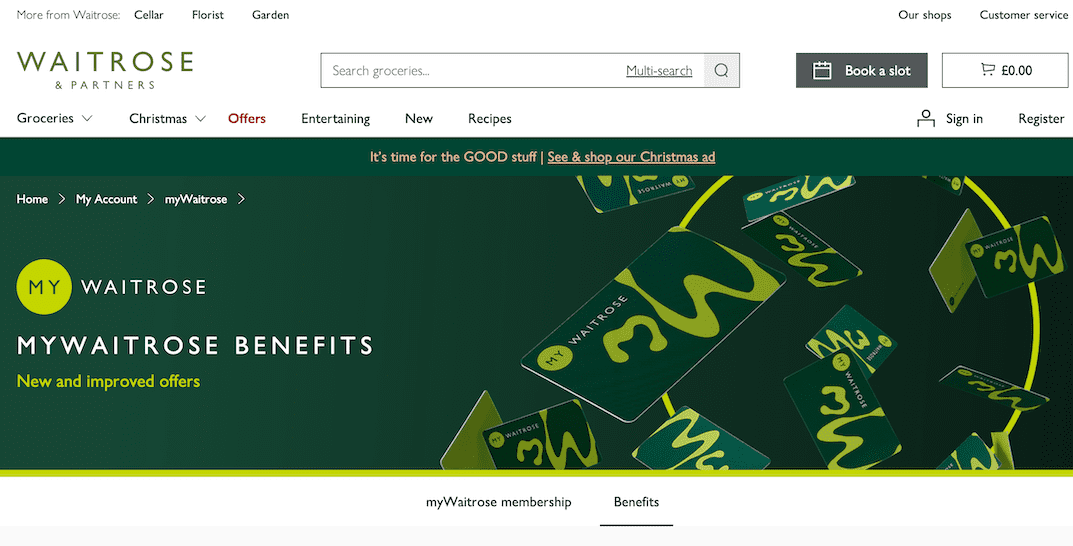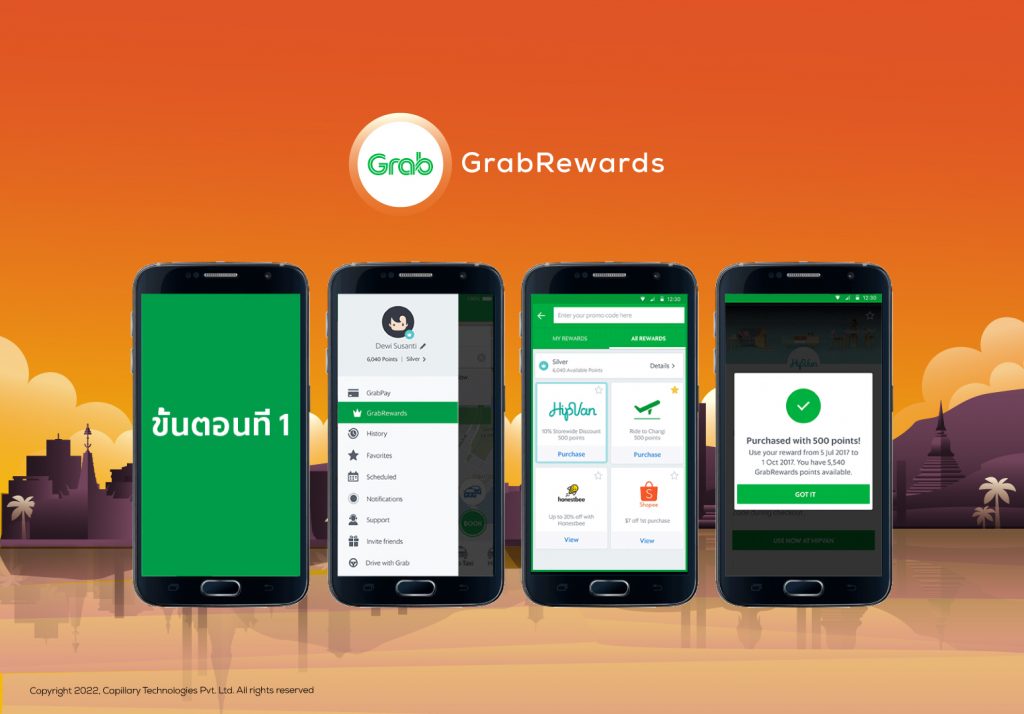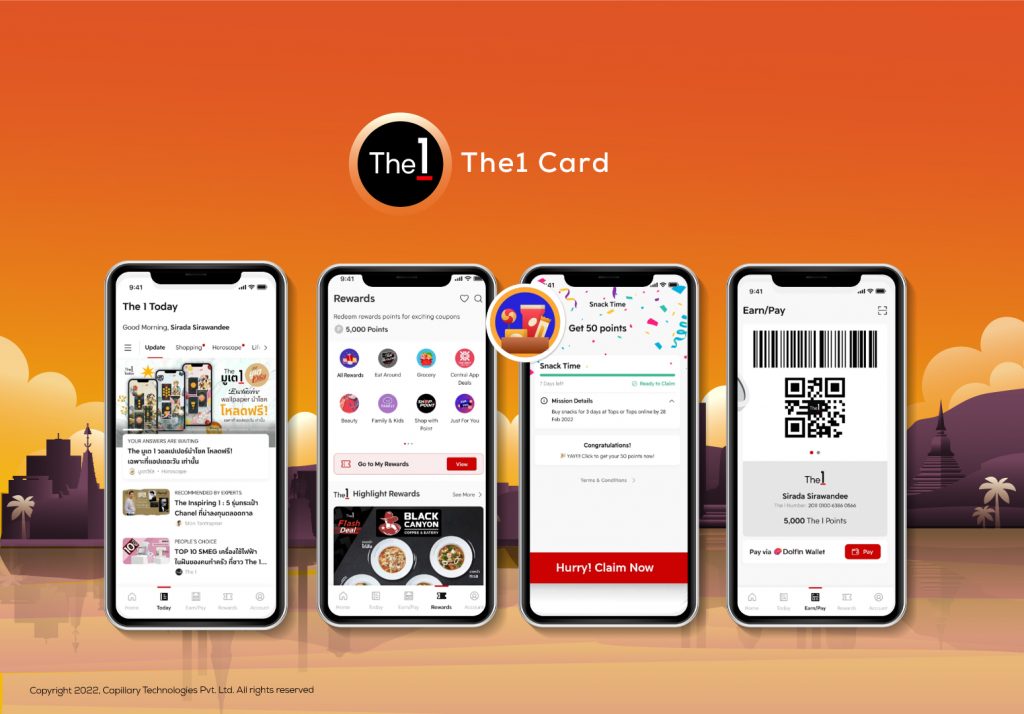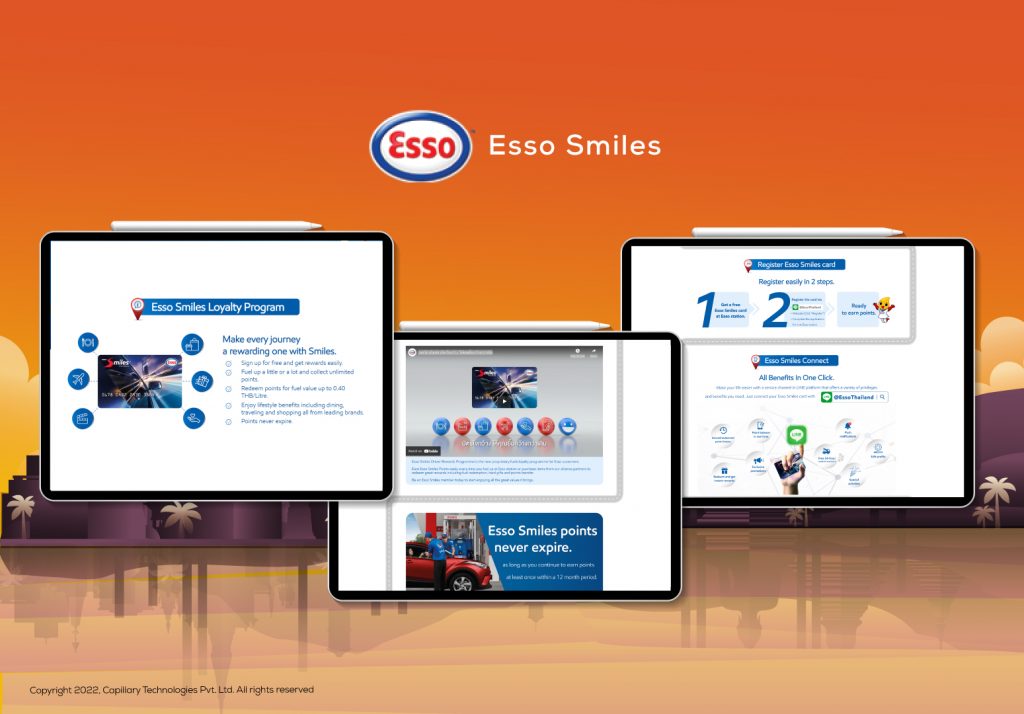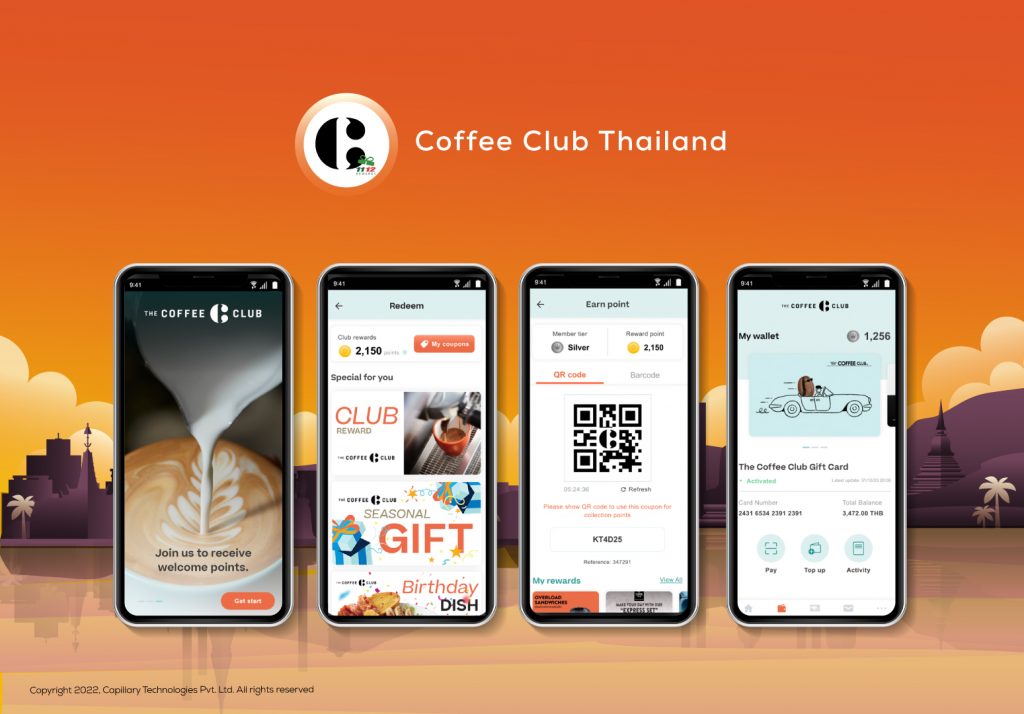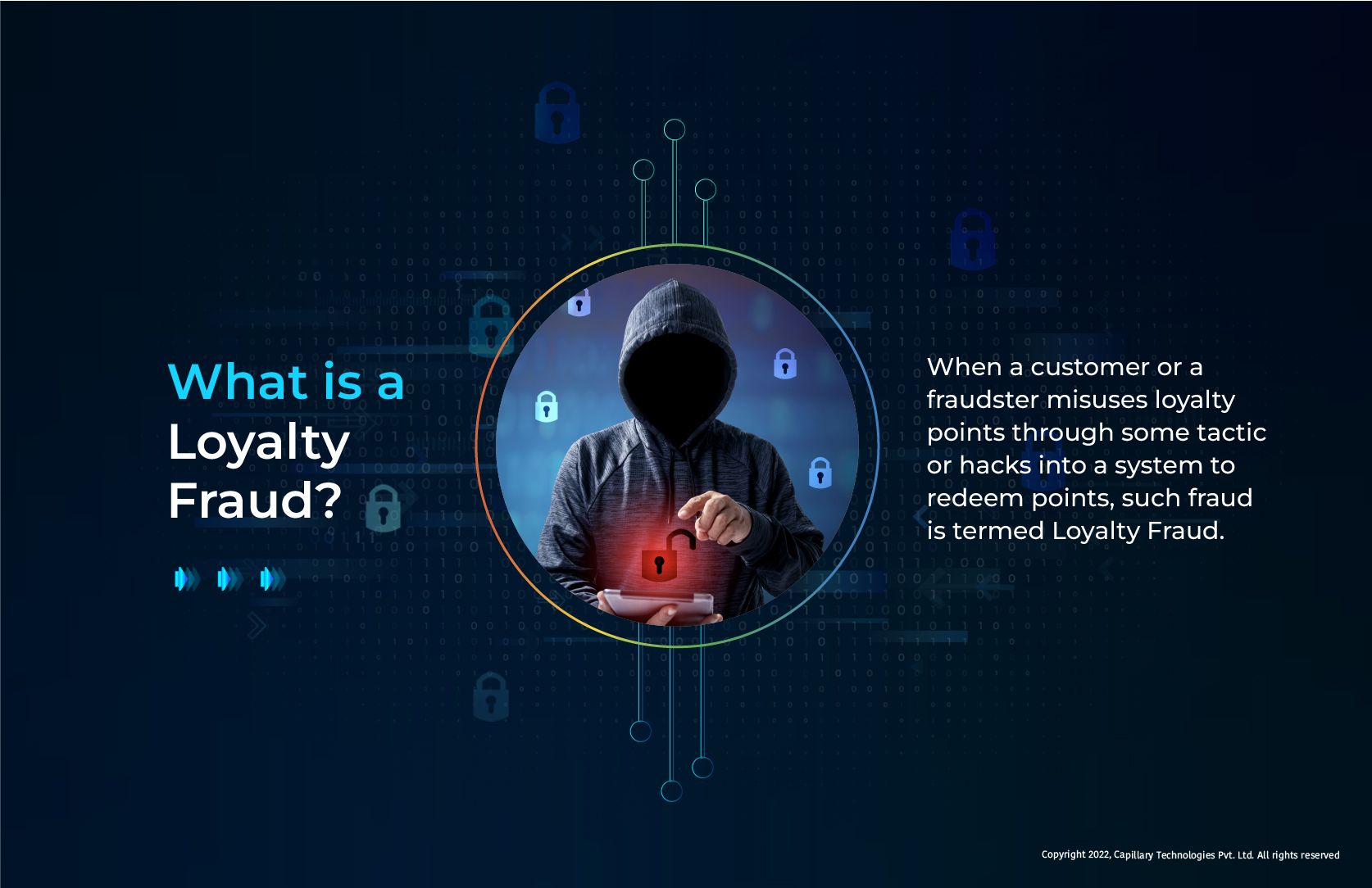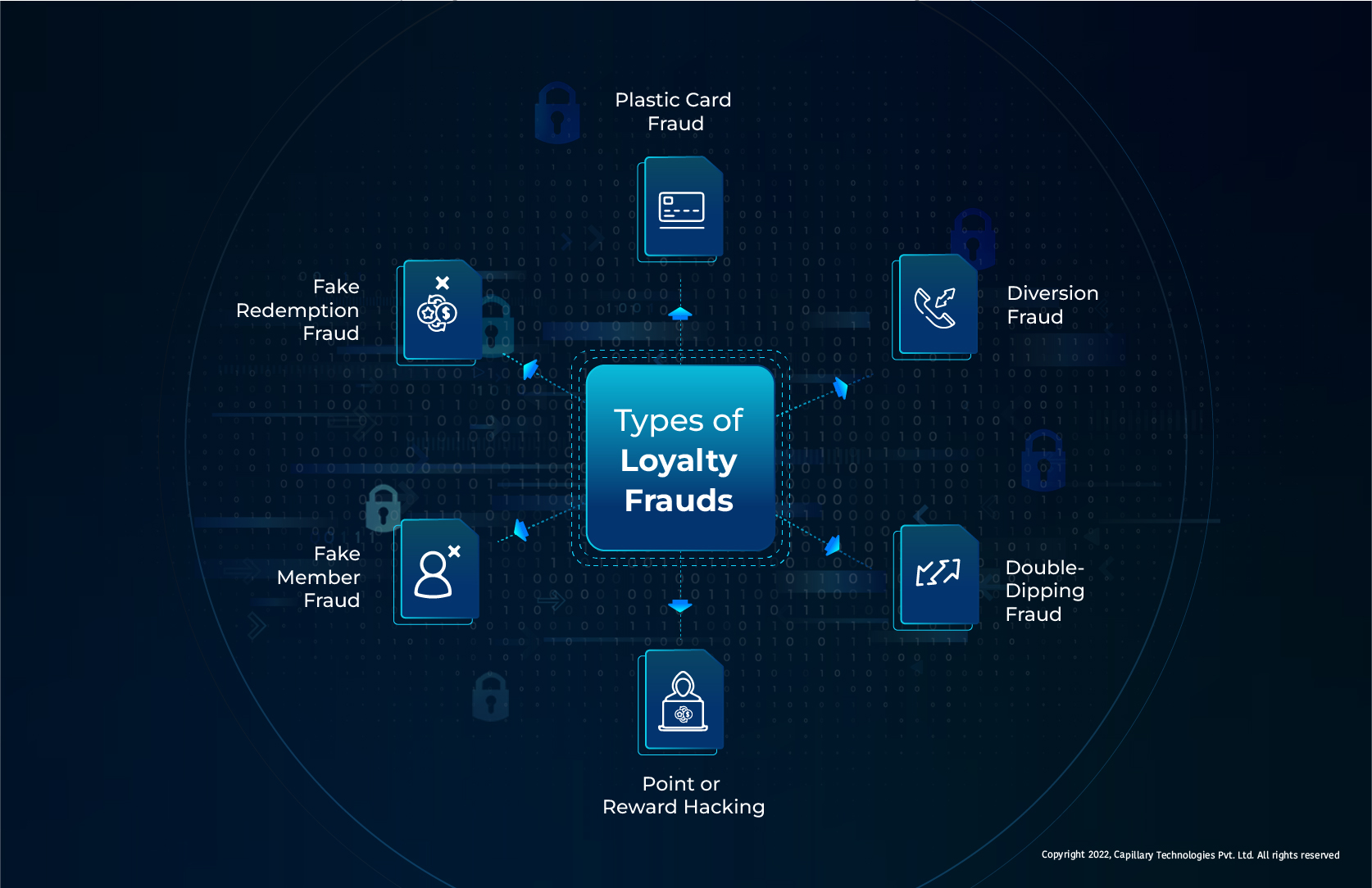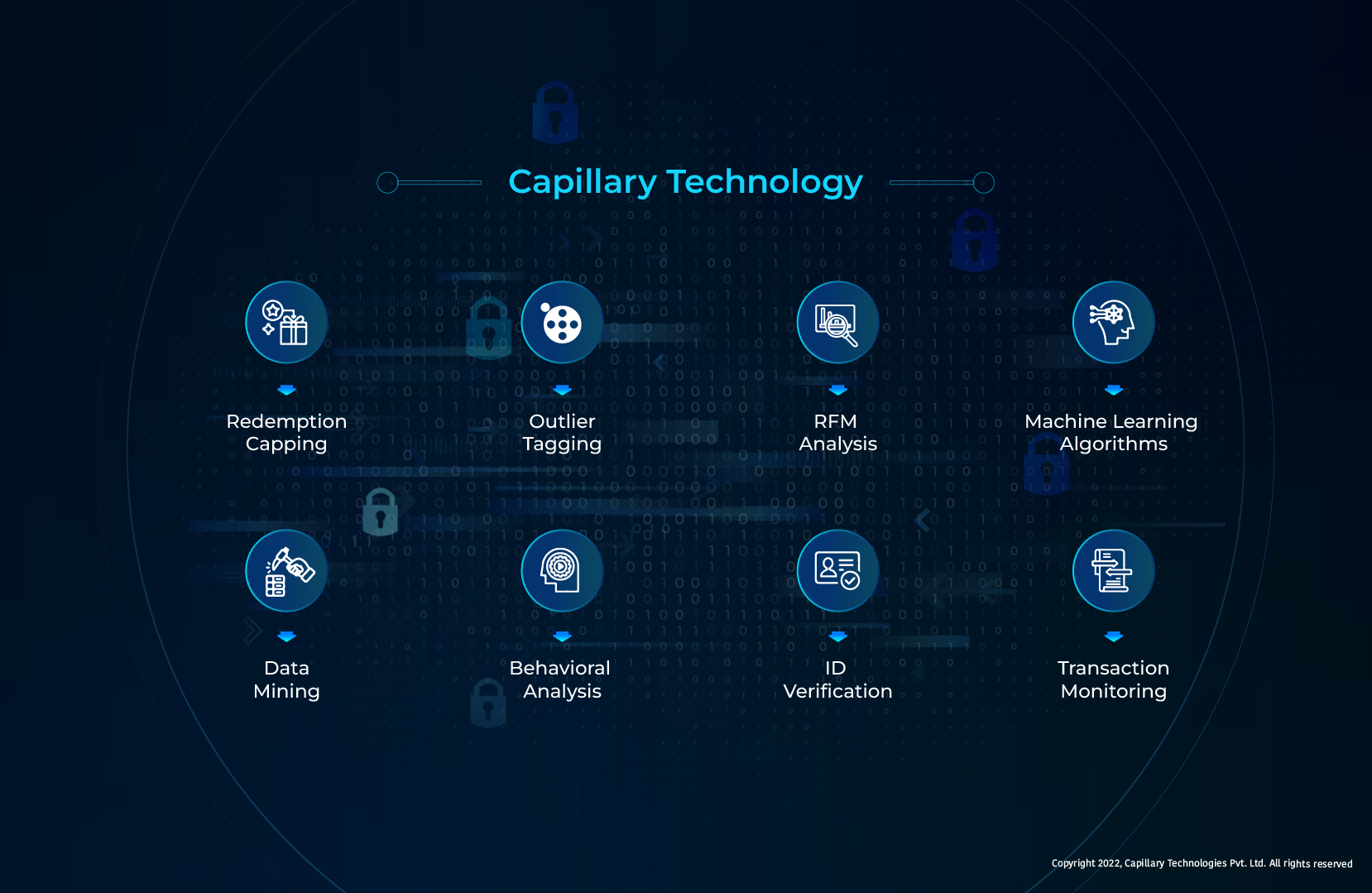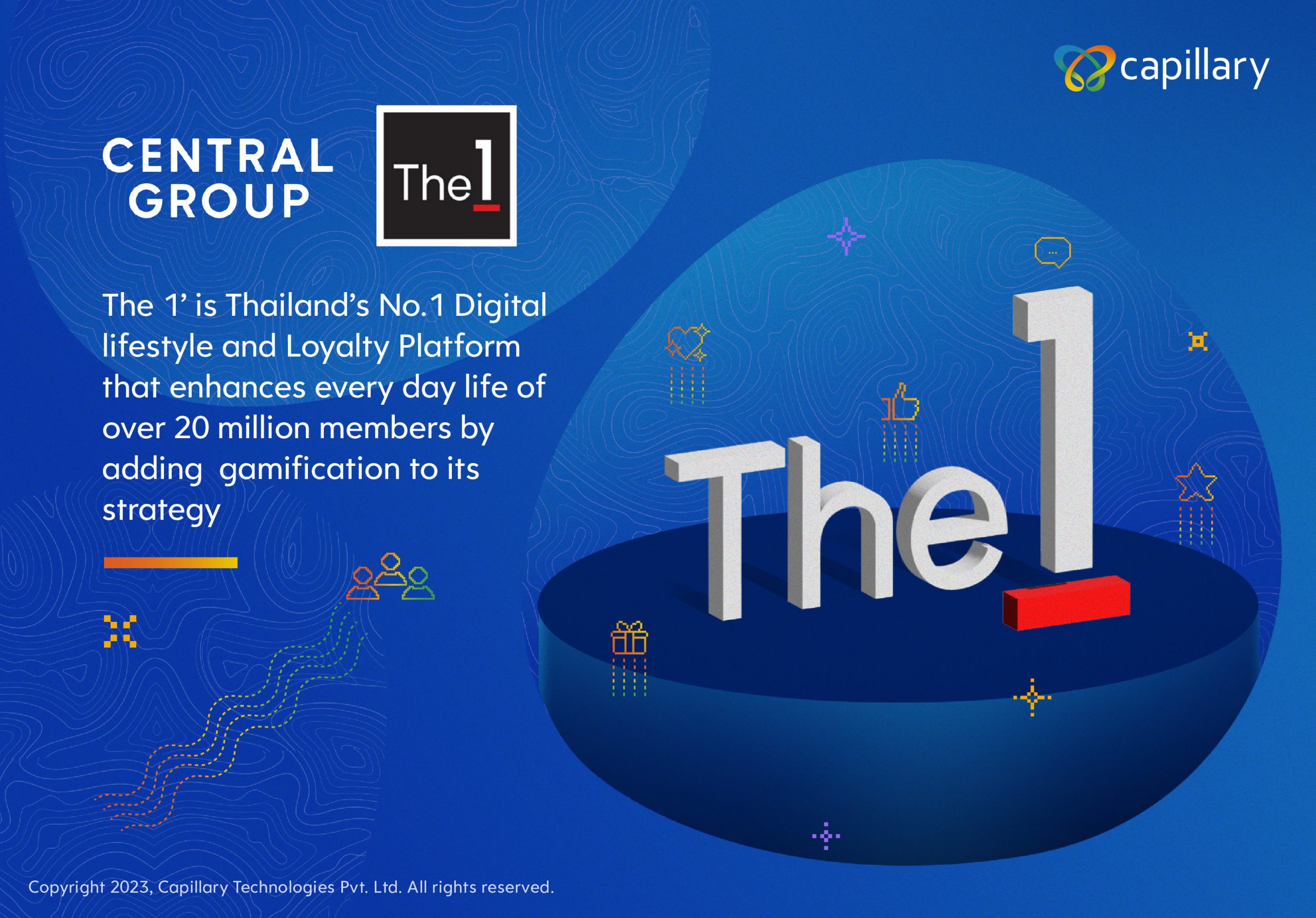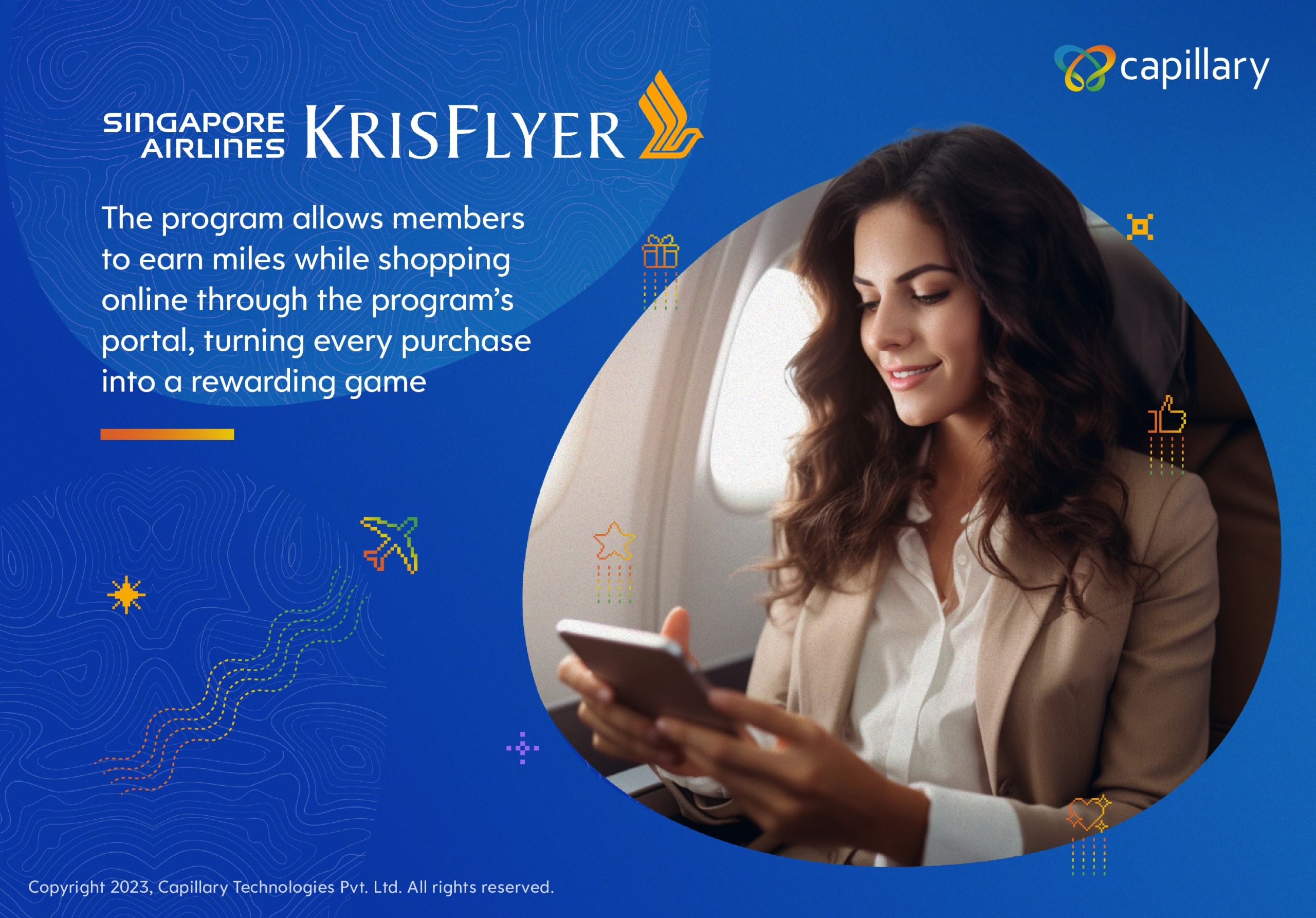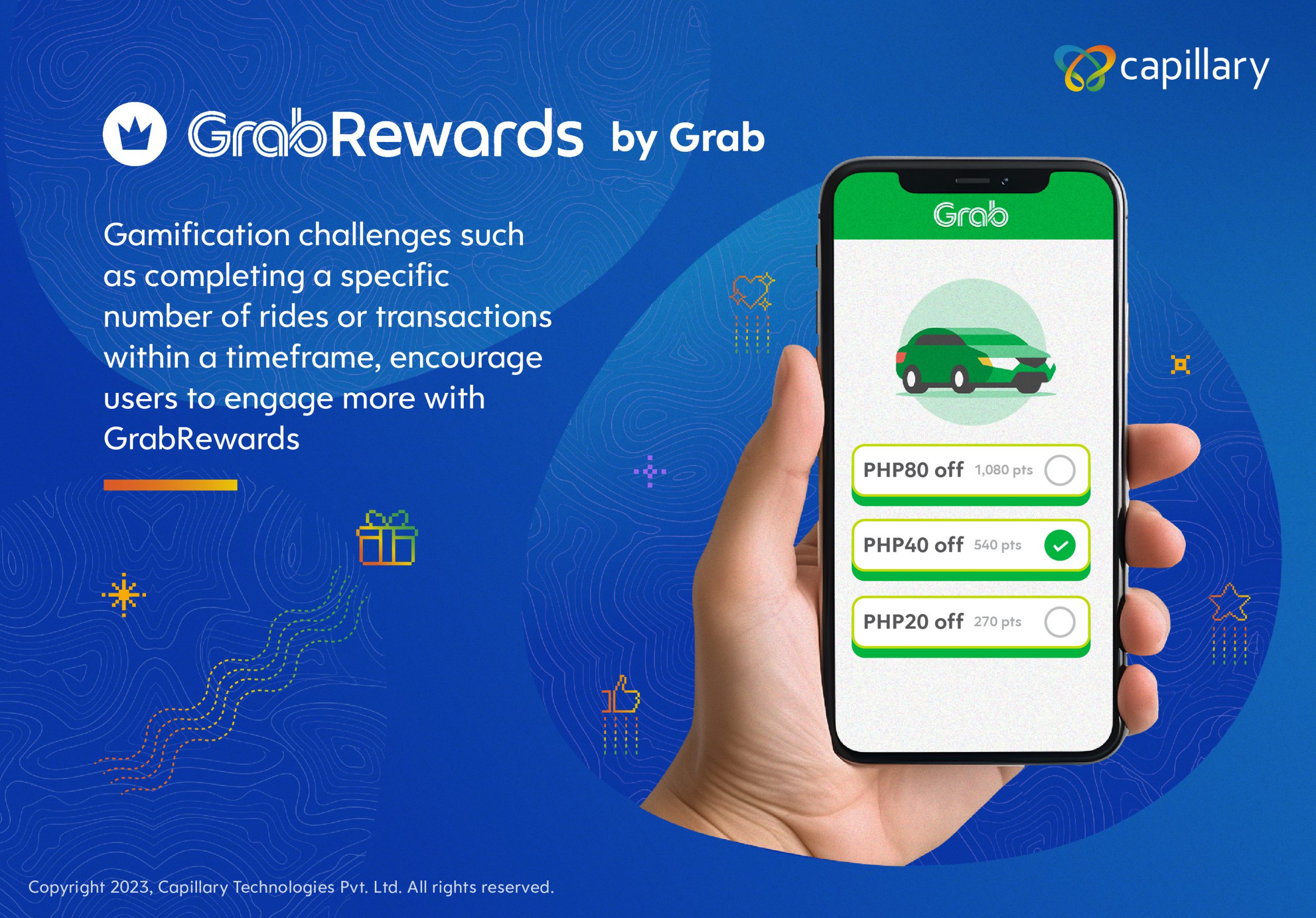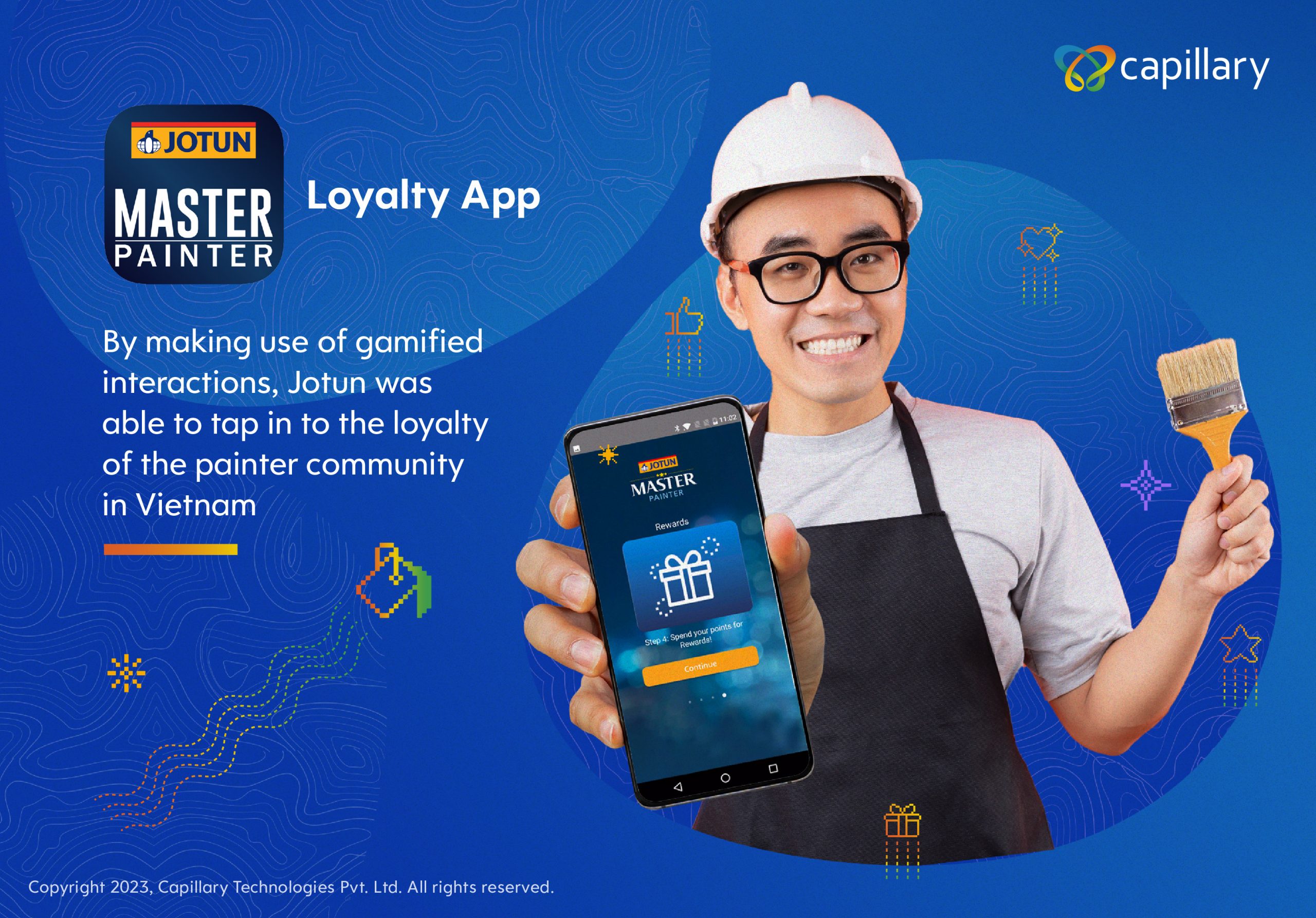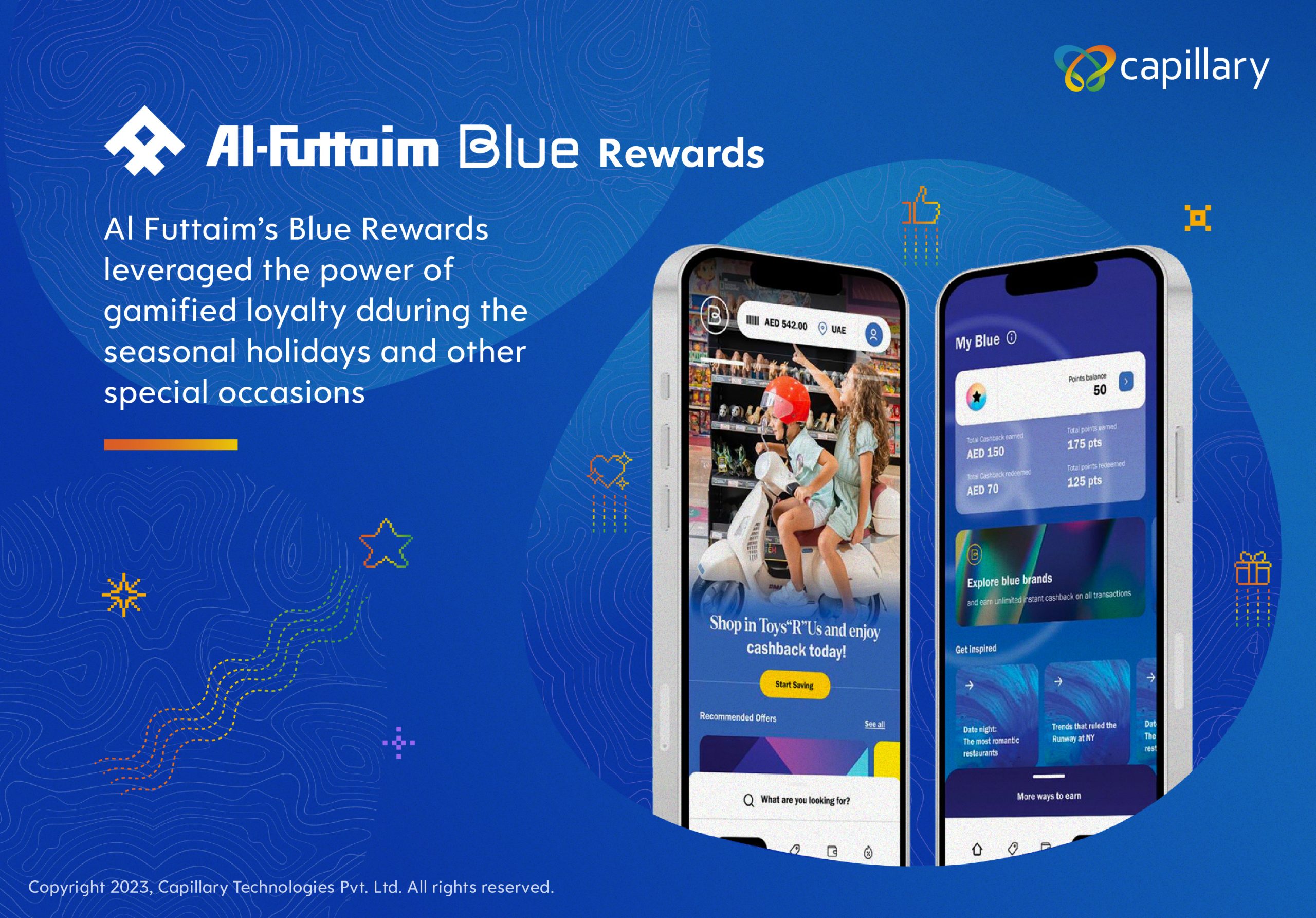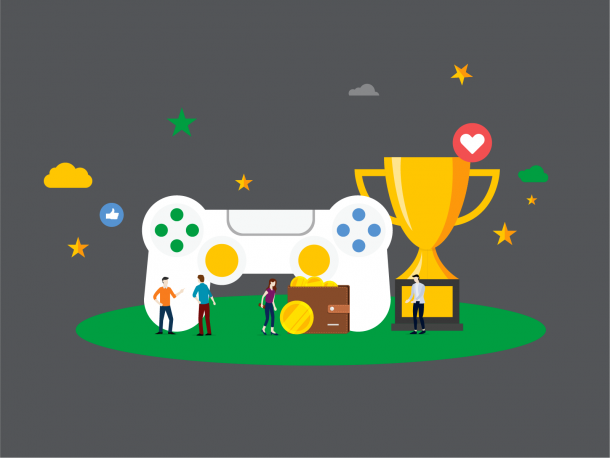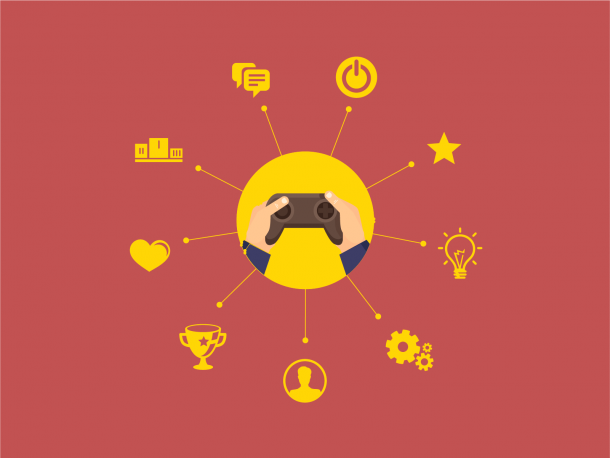Nobody enjoys feeling penalized for their brand loyalty, right?
Imagine every time you’re at the checkout, someone shoves another membership card at you—even when you’ve declined it before at the same store! Remember the days when these plastic cards jostled for space in our wallets, alongside essential items like IDs and debit cards, not to mention the stacks of cash we used to carry?
Well, times have certainly changed.
Now, we confidently reject those clunky loyalty cards and embrace the freedom to purchase as we please. Customers have caught on to the limitations of traditional loyalty programs, and thankfully, retailers are catching up too. The rise of ‘Digital India,’ spurred by demonetization and the explosion of digital wallets, has been a game-changer.
Loyalty Programs: A Key Piece of the Personalization Puzzle in India
Loyalty programs today are becoming as ubiquitous as the concept of retailing in India. Location or physical presence no more limits the act of selling and purchasing. So why should they limit earning and redeeming rewards for loyalty? The flexibility of claiming benefits across locations, channels, and even industries and categories of consumption is fast becoming available to the average shopper. The foundation holding it all together and making it possible rests on accurate and updated data collection at an individual level. One can call it ‘personalization without the need for person-to-person contact.’
While the customer expectations from brands and retail stores haven’t changed, digitization has indeed transformed the way to meet those expectations. A customer still needs the very same things that he or she needed in the age of in-store-only retailing, i.e., ‘A special treatment.’ You may think, ‘Oh! How do I offer that in the absence of face-to-face interactions between brands and consumers? But omnichannel customer insights integrated with cutting-edge loyalty program platforms come to the rescue. They bring back the good old days of ‘intimacy’ in retail.
It is time to move away from ‘least common denominators’ in designing their loyalty marketing initiatives.
Rethinking Loyalty Programs for the Digital Age
Brands shouldn’t ‘bucket’ their customers, anymore, for the sake of simplifying marketing communications.
In fact, with today’s intelligent technologies, you need not worry. There can be as many buckets as the number of customers you have and rewarding them with loyalty has to allow for as many possibilities.
So, Isha may want to redeem her shopping points in a beauty parlour of sorts, or Abhay may wish to sample your new shaving products for free. Sudha may be interested in flat discounts on MRP, and Vikash, being a mariner, may want a lifetime of free shipping, worldwide!
When retailers open their minds to a variety of possibilities in serving their customers and delighting them time and again, they will be able to merge new-age convenience with old-world customer service.
Retailers from more mature markets like the US and Europe – such as Sephora, Starbucks, and Costco – are enjoying the benefits of rethinking their loyalty programs. Many Indian retailers have also seen quantifiable value from such realignments – in the form of lower Customer Acquisition Costs (CAC) and higher Lifetime Value (LTV).
On that note, let’s look at some of the best loyalty programs in India.
The 8 Best Loyalty Programs In India
1. Amazon Prime
Launched in 2016, Amazon Prime has garnered massive year-on-year success with membership in India crossing the 10 million mark in 2019. Amazon’s Prime loyalty program provides recurring lifelong benefits such as free shipping, faster home delivery, and exclusive access to entertainment content via Prime Video. It also offers significant discounts on ‘Prime Day’ – its annual sales event. What makes it tick is the enormous value that consumers see in return for the membership fee – which is just Rs 999/- per year.
2. Club Mahindra
Going beyond its core product, Club Mahindra launched a lifetime vacation ownership program for its members. They discovered unique insights about the profile of family vacationers, their annual spending capacity, and the experiences they expect from a vacation. Thus, Club Mahindra designed a ‘value-for-money’ model of timeshares where a family could enjoy a mix of activities for not just relaxation-seeking adults, but also for adventure-loving kids and bonding-seeking grandparents.
3. Shoppers Stop First Citizen Club
Another top loyalty program in India, which is a household name among Indian consumers, is the Shoppers Stop First Citizen program. Although a card-oriented and tier-based loyalty program, it offers tangible benefits to the members. Some of the benefits include exclusive previews of new products, out-store offers, home delivery of alterations, and valet parking. The points are earnable across its pan-India stores as well as online. It is a win-win for both the retailer and the shopper.
4. Starwood Preferred Guest
With over a hundred (100) properties all over India and partnerships with ten (10) other worldwide premium hotel brands (The Westin, Sheraton, W Hotels, St Regis, and Le Meridien), Starwood’s loyalty program is sure to offer advantages to its members. checkout for more hotel loyalty programs in India, USA, South East Asia & Middle East Regions. There is no cost to enroll for the program, and visitors can earn a point for every US dollar spent. Simplicity, flexibility, and fairness in their loyalty rewards accumulation and redemption options mean that members inevitably profit.
5. Club Vistara

Taking a spend-based approach as compared to a ‘miles flown’ approach, Club Vistara makes it simpler for its travellers to estimate, accumulate, and redeem points. Crossing roughly 2,000 Club Vistara points, members can enjoy a redemption ticket in Economy class. Loyalty benefits are also substantially ‘portable.’ They not only cover a host of experiential and preferential facilities during air travel (lounge access, business class check-in, and boarding and baggage handling priority) but also include crossover benefits with Singapore Airlines and banking partners such as Axis Bank.
6. Encircle By Titan
Titan takes a holistic approach to loyalty across its different brands (Tanishq, Fastrack, Titan Eye Plus, etc.). It also pares down points accumulation and redemption model to ‘1 point earned equals 1 rupee’. There is no minimum threshold to start redeeming points and no additional fee to become a member. Right from the very first purchase, a customer can start earning reward points. These points are usable in multiple ways – reduction in the subsequent purchase bills, anniversary offers, sneak peek into new launches, jewellery or eyewear clean-ups, and appointment reminders.
7. Myntra Insider

Myntra Insider is a loyalty program packed with perks for frequent shoppers. It’s free to join and lets you earn SuperCoins for everything from purchases to browsing and adding to your wishlist. Members enjoy exclusive benefits like early access to sales, free shipping, and styling consultations, plus rewards redeemable with partner brands in dining, travel, and entertainment. Its tiered structure unlocks more rewards as you shop, keeping things exciting. Myntra Insider goes beyond discounts, creating a sense of community and appreciation for its customers.
8. Times Points
The Times Group’s loyalty program, Times Points, is genuinely digital and ingenious. It rewards its viewers and readers for the time they spend on its partner platforms such as The Times of India, The Economic Times, Navbharat Times, Maharashtra Times, NewsPoint, HDFC-TimesPoint Debit Card, and many others. Every user action, including likes, comments, or video views, takes you one step closer to the tangible benefits – in the form of deals and discounts across 200+ brands such as Amazon, Shoppers Stop, Myntra, and Paytm.
A common theme across the best loyalty programs in India is ‘care for the customer.’ Indians being value-conscious, it becomes all the more important to earn trust and make it easy for consumers to derive benefits. Once a brand crosses the chasm, there is no looking back!
Driving Loyalty in India’s Dynamic Landscape
The success of the best loyalty programs in India lies in their ability to cater to customer preferences with the perfect blend of convenience, personalization, and exceptional value. These programs exemplify how understanding the Indian consumer’s value-conscious mindset, while offering personalized rewards, can create lasting brand affinity. As the loyalty landscape continues to evolve, brands must adopt innovative approaches, leveraging data and technology to deliver seamless, customer-centric experiences.
As market leaders in building customer loyalty and brand affinity, we’ve partnered with over 400 enterprises, serving 1 billion+ customers globally. Our AI-driven loyalty solutions are tailored to help enterprises design and execute strategies that go beyond transactional rewards. By providing personalized insights, omnichannel capabilities, and a robust loyalty suite, Capillary empowers brands to build deeper connections and maximize customer lifetime value.
Transform your loyalty program and capture your customers’ hearts. Connect with Capillary’s experts today and explore how we can take your brand loyalty to the next level.
People Also Ask:
1. What are the best loyalty programs available in India?
The best loyalty programs in India include Payback, Tata Neu, and JetPrivilege, offering personalized rewards, exclusive discounts, and seamless customer experiences.
2. How do loyalty programs enhance customer engagement for Indian businesses?
Loyalty programs enhance customer engagement for Indian businesses by providing personalized rewards, and exclusive benefits, and creating a sense of community among customers, leading to increased loyalty.
3 .What features make Indian loyalty programs successful?
Indian loyalty programs are successful due to features like personalized rewards, easy-to-use mobile apps, and exclusive offers that cater to customer preferences, boosting engagement and retention.
4. Why should businesses in India invest in loyalty programs?
Businesses in India should invest in loyalty programs to build strong customer relationships, increase brand loyalty, and drive repeat business through personalized rewards and exclusive benefits.
5. How do loyalty programs impact customer retention in India’s retail sector?
Loyalty programs impact customer retention in India’s retail sector by providing personalized rewards, enhancing customer experiences, and fostering a sense of belonging, encouraging repeat purchases.
Titan takes a holistic approach to loyalty across its different brands (Tanishq, Fastrack, Titan Eye Plus, etc.). It also pares down points accumulation and redemption model to ‘1 point earned equals 1 rupee’. There is no minimum threshold to start redeeming points and no additional fee to become a member. Right from the very first purchase, a customer can start earning reward points. These points are usable in multiple ways – reduction in the subsequent purchase bills, anniversary offers, sneak peek into new launches, jewellery or eyewear clean-ups, and appointment reminders.
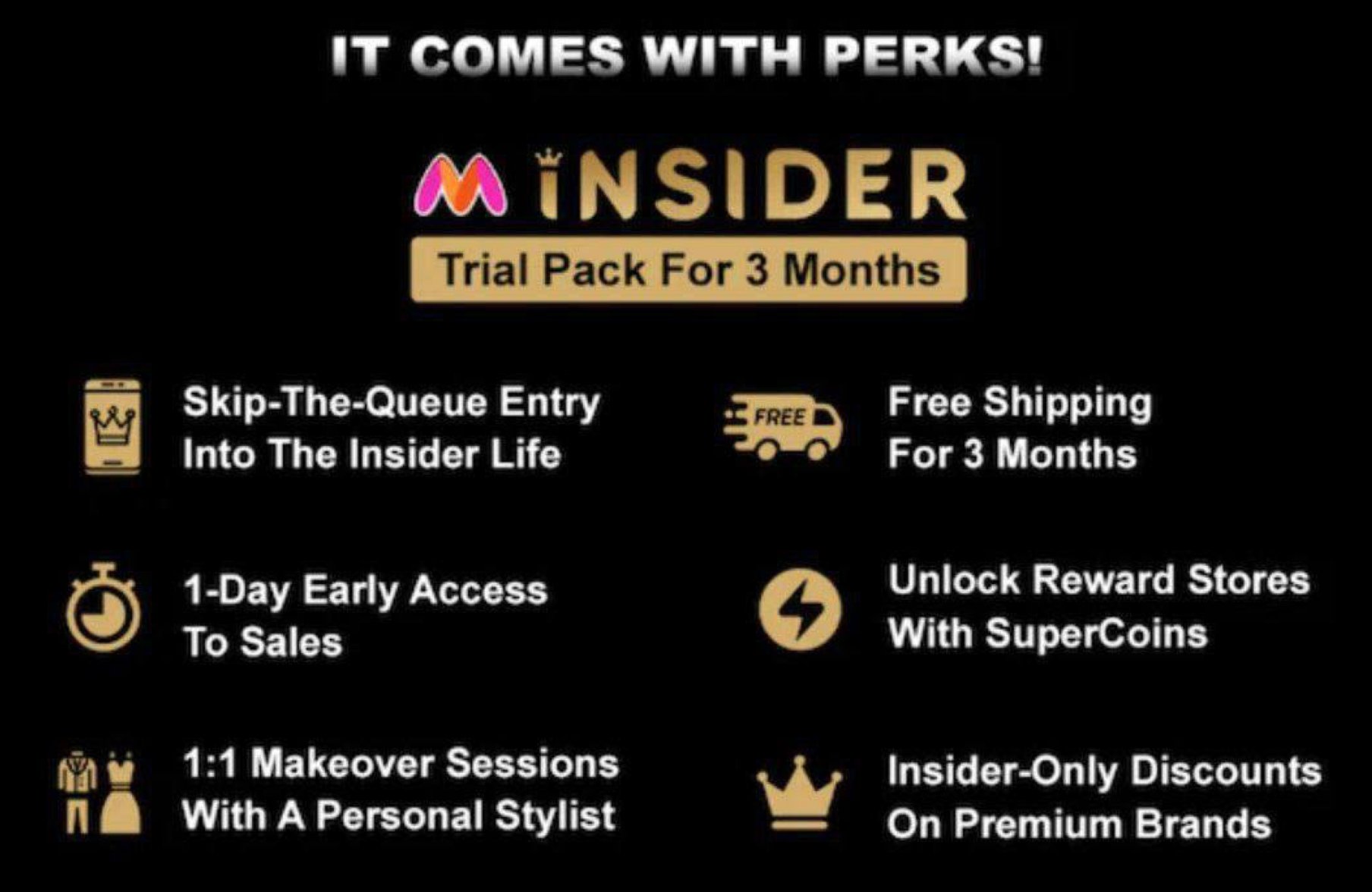
The Times Group’s loyalty program, Times Points, is genuinely digital and ingenious. It rewards its viewers and readers for the time they spend on its partner platforms such as The Times of India, The Economic Times, Navbharat Times, Maharashtra Times, NewsPoint, HDFC-TimesPoint Debit Card, and many others. Every user action, including likes, comments, or video views, takes you one step closer to the tangible benefits – in the form of deals and discounts across 200+ brands such as Amazon, Shoppers Stop, Myntra, and Paytm.
A common theme across the best loyalty programs in India is ‘care for the customer.’ Indians being value-conscious, it becomes all the more important to earn trust and make it easy for consumers to derive benefits. Once a brand crosses the chasm, there is no looking back!
As market leaders in building customer loyalty and brand affinity, we’ve partnered with over 400 enterprises, serving 1 billion+ customers globally. Our AI-driven loyalty solutions are tailored to help enterprises design and execute strategies that go beyond transactional rewards. By providing personalized insights, omnichannel capabilities, and a robust loyalty suite, Capillary empowers brands to build deeper connections and maximize customer lifetime value.
Transform your loyalty program and capture your customers’ hearts. Connect with Capillary’s experts today and explore how we can take your brand loyalty to the next level.
